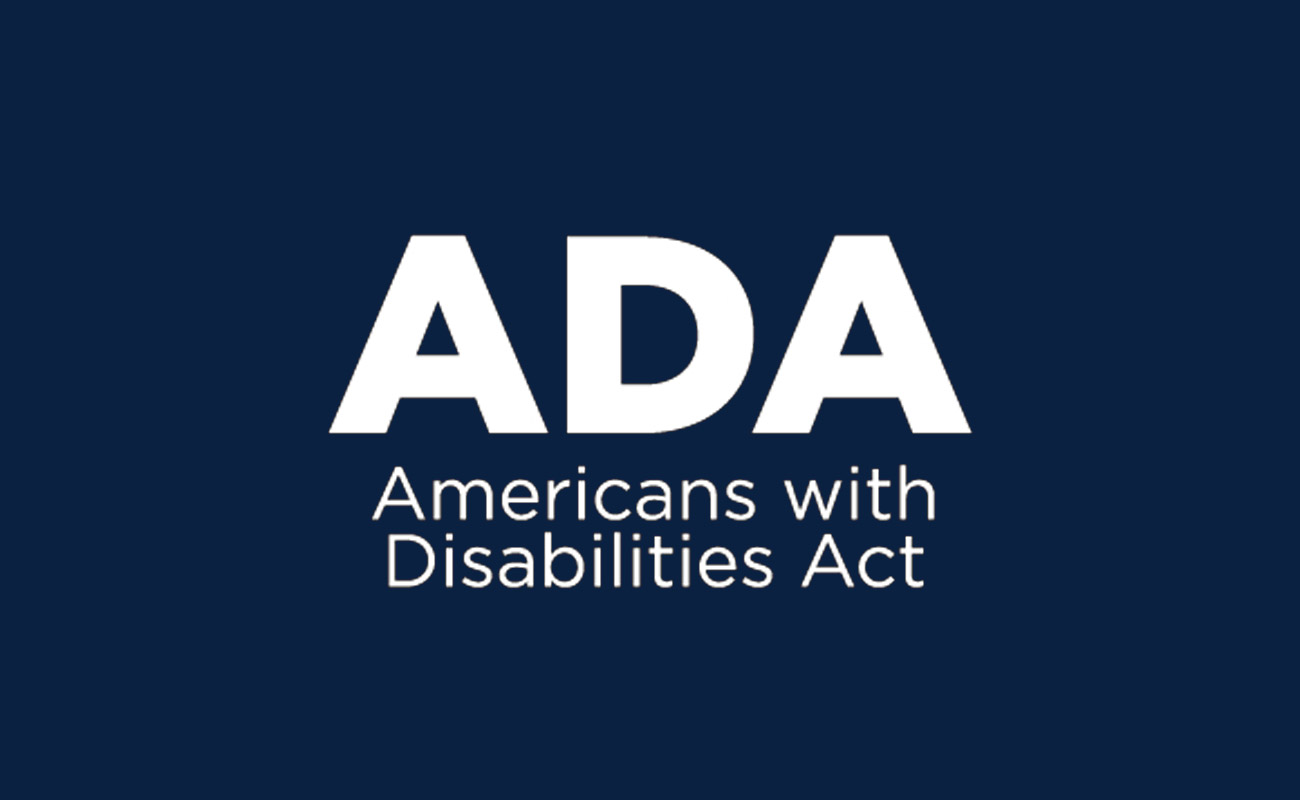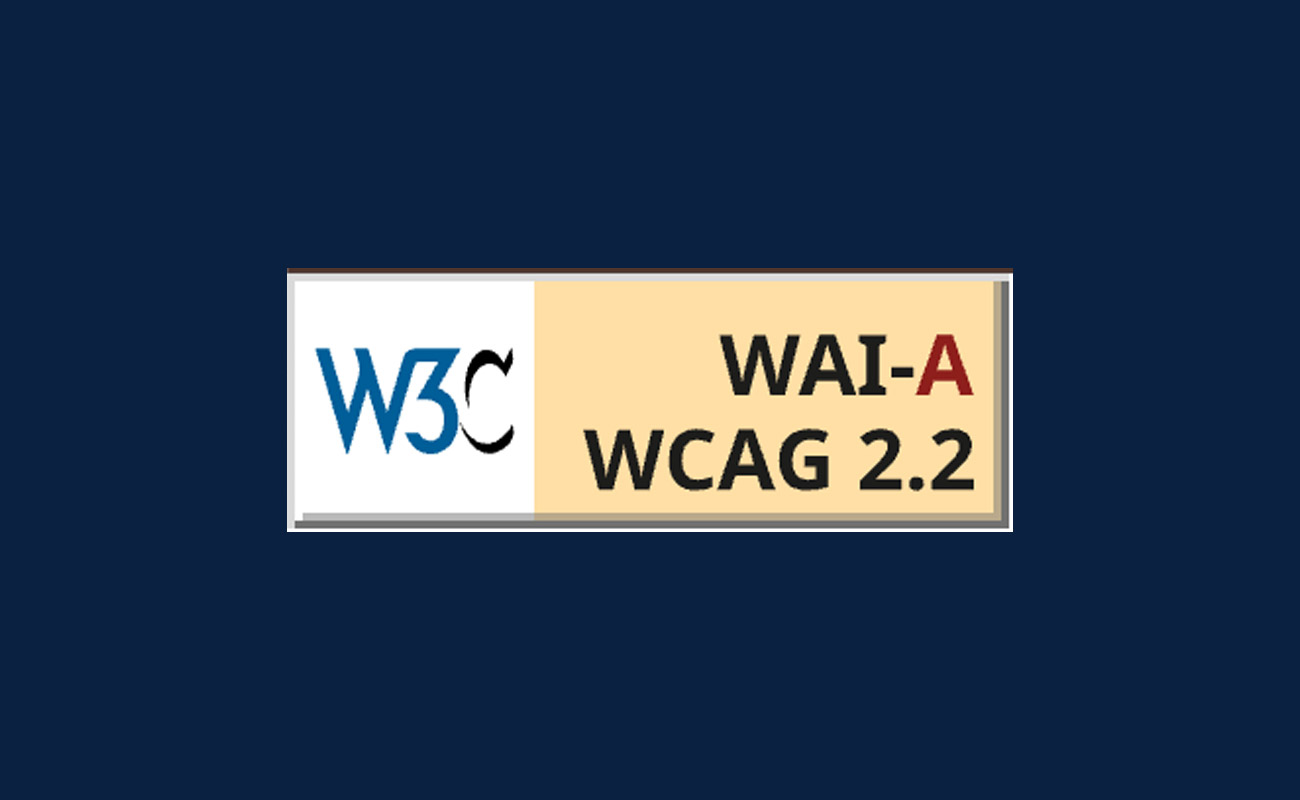Why We Comply: The Americans with Disabilities Act (ADA)

The Americans with Disabilities Act (ADA) is a federal law that prohibits discrimination
against individuals with disabilities in various areas, including employment,
transportation, public accommodations, and services.
Title 3 of the ADA specifically addresses public accommodations, which includes digital
spaces.
Courts have increasingly interpreted Title 3 to include digital spaces, such as
websites, mobile applications, and other online platforms. This means that businesses,
like Costco, are required to provide equal access to their digital services for
individuals with disabilities.
Key Provisions of Title 3:
- Equal Access: Businesses must provide equal access to their digital
services for individuals with disabilities.
- Reasonable Accommodations: Businesses must provide reasonable
accommodations to ensure equal access, such as providing alternative text for images
or closed captions for videos.
- Effective Communication: Businesses must communicate effectively
with individuals with disabilities, including providing clear and concise language
on their website and mobile applications.
Learn more at ADA.gov
How We Comply: Web Content Accessibility Guidelines (WCAG)

To ensure compliance with the ADA, Costco adheres to the Web Content Accessibility Guidelines
(WCAG) 2.2 AA standard. WCAG provides a comprehensive set of guidelines for creating
accessible digital content, including:
- Perceivable: Ensure that digital content can be perceived by users,
including those with visual, auditory, motor, or cognitive disabilities.
- Operable: Ensure that digital content can be operated by users,
including those with mobility or dexterity impairments.
- Understandable: Ensure that digital content can be understood by users,
including those with cognitive or learning disabilities.
- Robust: Ensure that digital content can be accessed by users with a
wide range of technologies and devices.
WCAG 2.2 AA Guidelines
WCAG 2.2 AA provides a detailed set of guidelines for creating accessible digital content.
Some key guidelines include:
- Color Contrast: Ensure that text and background colors have sufficient
contrast to be readable by users with visual impairments.
- Alternative Text: Provide alternative text for images, including
descriptions of the image and its purpose.
- Closed Captions: Provide closed captions for videos and audio content
to ensure that users with hearing impairments can access the content.
Helpful Links
Testing on Devices
Manual testing with assistive technologies simulates how individuals with disabilities
interact with digital content. Screen readers, which convert on-screen text to speech or
braille, are essential for this process. Examples of these configurations include:
- On Windows: NVDA + Chrome: The Desktop Access (NVDA)
screen reader is a free, widely used tool that pairs effectively with the Google
Chrome browser. This combination allows you to evaluate how well your site or
application supports users who rely on auditory feedback.
- On Apple Devices: VoiceOver + Safari: VoiceOver, built into macOS and iOS, is Apple's native screen
reader. When used with the Safari browser, it provides insight into the experience of
users navigating your content on Apple platforms.
These tests help verify that navigation, content structure, and interactive elements are
compatible with assistive technologies, offering a practical perspective on real-world
usability. Additionally, frequent testing using these methods can give new perspective on
alternative ways digital content is/can be consumed.
Automated Tools
Automated tools complement manual testing by scanning digital content for common
accessibility issues. While they don't catch everything, they're an efficient starting point
for identifying violations. Here are some recommended options:
- WAVE: Developed by WebAIM, WAVE is a web-based tool that evaluates websites for WCAG compliance.
It highlights issues like missing alt text, low contrast, and structural errors, providing
visual feedback and actionable suggestions.
- axe DevTools: Axe DevTools, created by Deque Systems, integrates with browser developer tools (e.g.,
Chrome DevTools) to detect accessibility violations. It offers detailed reports and
remediation guidance, making it a favorite among developers.
- ANDI: The Accessible Name and Description Inspector (ANDI), provided by the U.S. Social Security
Administration, is a bookmarklet that analyzes web pages for accessibility issues. It
focuses on elements like form labels, ARIA attributes, and keyboard accessibility,
delivering clear diagnostics.
These resources—both manual and automated—equip teams to assess and improve accessibility,
ensuring compliance with Costco's standards and enhancing the user experience for all.



